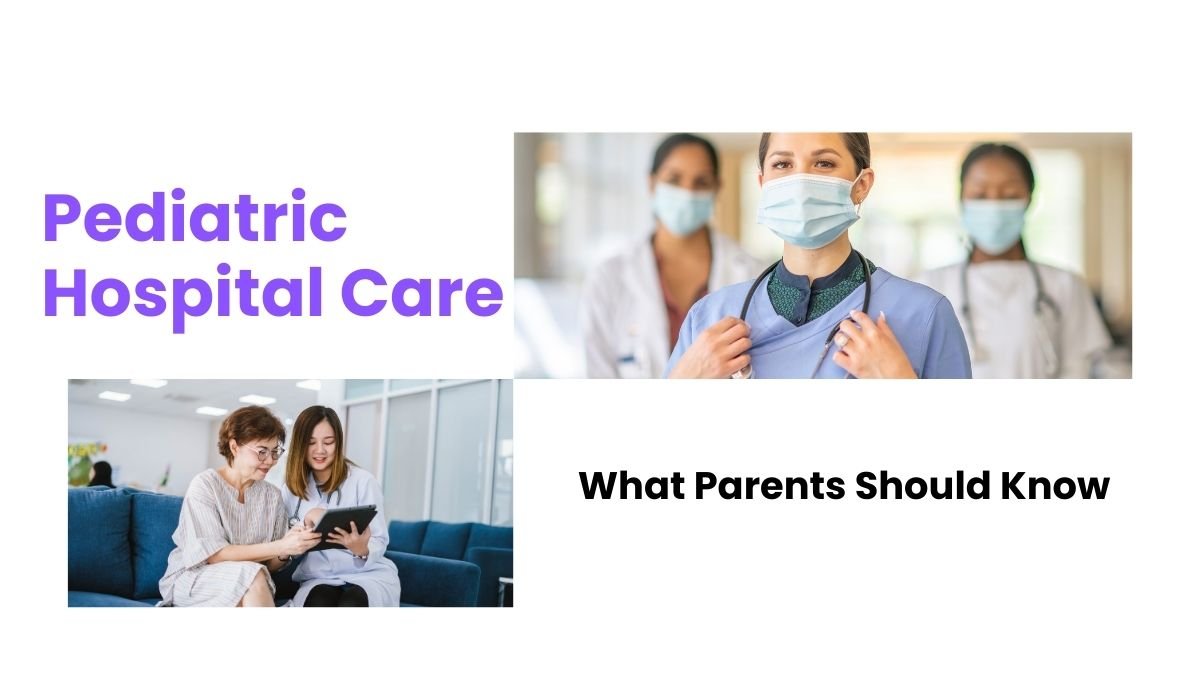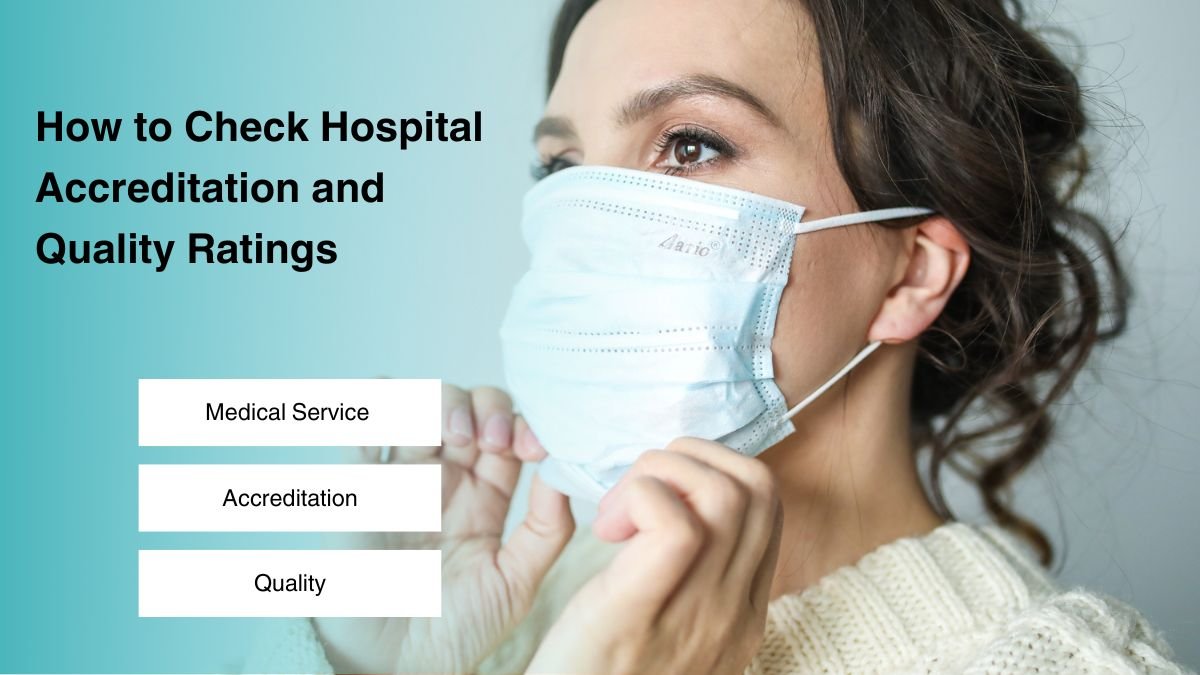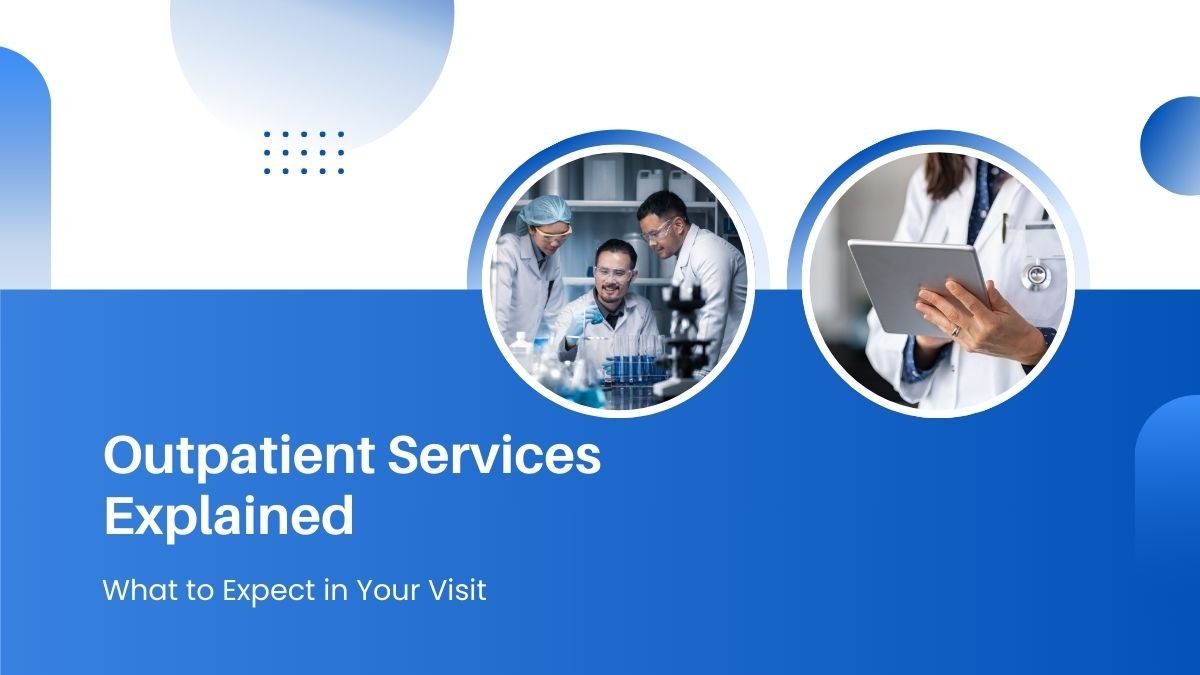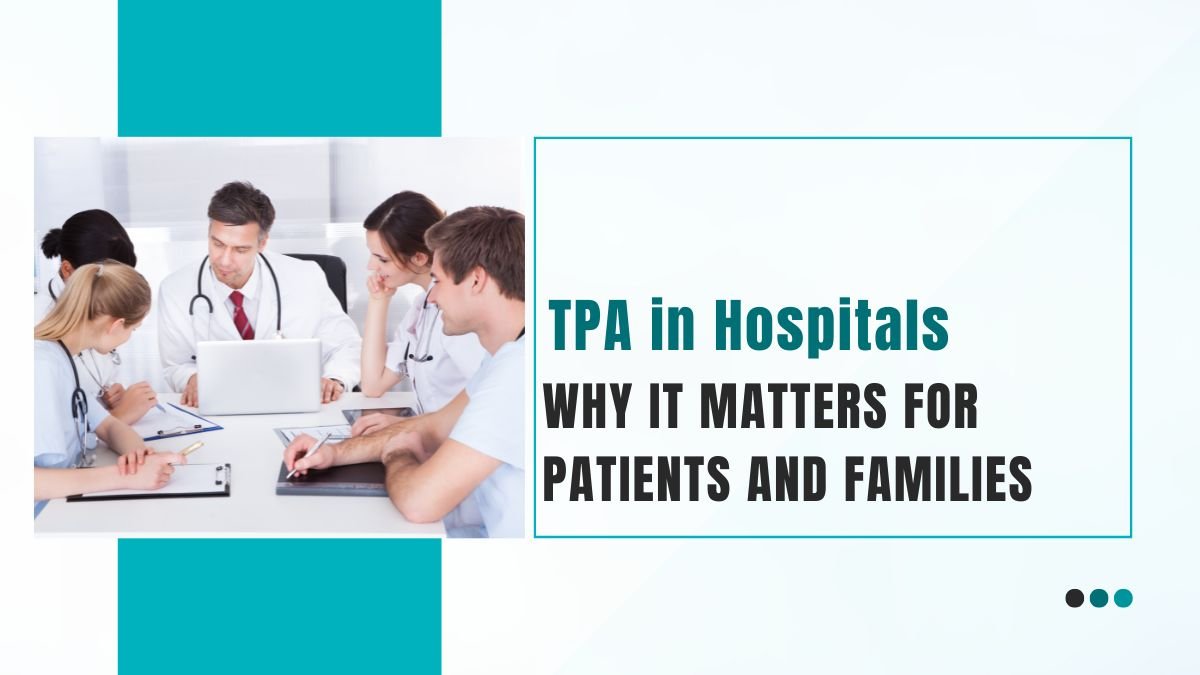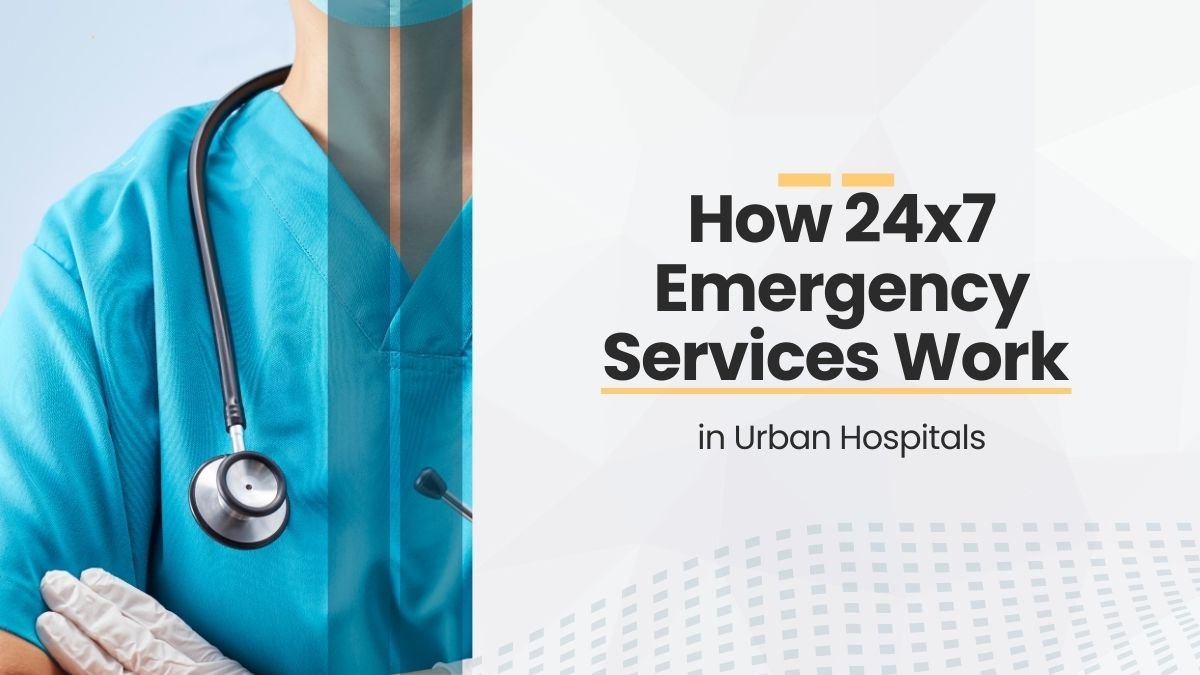How healthcare is changing in 2025: Treatment is now smarter and easier with the help of technology
Now treatment is not limited to just doctors and hospitals. In 2025, treatment is connected to technology, and due to this the facilities available to the patients have become even better.
Now you must be thinking – how? So let us understand in simple language which technologies have emerged to improve healthcare in 2025 and how they are changing our treatment.
1. Artificial Intelligence (AI) – Thinking Computer
In 2025, AI i.e. Artificial Intelligence has become an important part of healthcare.
In simple language:
AI is a technology that can think like humans. It can read and understand the reports, X-rays, MRIs and medical history of thousands of patients and can tell the doctor which disease the patient is at risk of.
Example:
If a patient has mild chest pain and high blood pressure, AI can identify that he may have heart disease.
AI also suggests which medicine will be most effective for the patient and which will not.
Benefits:
- Early identification of the disease
- Personalized treatment i.e. different treatment for each patient
- AI is also very useful in the discovery of new medicines
2. Remote Patient Monitoring (RPM) – Monitoring the patient from home
Now the patient does not need to go to the hospital every time. With RPM i.e. Remote Patient Monitoring, you can monitor your health from home.
How?
Patients can now wear devices like smart watches, blood pressure monitors, glucose sensors.
These devices record your body information 24×7 — like heartbeat, sugar level, oxygen, etc.
This data reaches the doctor directly.
Example:
If the sugar level of a diabetic patient suddenly increases, the doctor can get an immediate alert and he can call and change the medicine.
Benefits:
- Treatment can start before the condition suddenly worsens
- No need to be hospitalized for a long time
- Saves time and money of both the doctor and the patient
3. Interoperability – Data is no longer divided, in one place
What used to happen till now?
If you changed the city or hospital, the old reports had to be made again. The treatment remained incomplete.
Now in 2025, due to interoperability, the medical data of every patient can be shared with all the hospitals, but in a secure manner.
Example:
If a patient is getting treatment in Delhi and suddenly has to be admitted in Mumbai, then the doctors there can also see his previous medical history in the same system.
Benefits:
- No need for duplicate tests
- Prevention of wrong treatment or medicine
- Reduce both treatment time and cost
4. Telemedicine – Now the doctor is just a call away
In 2025, telemedicine is not a need, it has become a habit now.
What is telemedicine?
The doctor and the patient treat each other by talking on a video call or phone call. The doctor gives an e-prescription and the medicine is delivered at home.
Example:
The elderly living in the village, who find it difficult to come to the city, can now get treatment from the doctor over the phone.
The child’s health deteriorated at night? Talk to the doctor on a video call.
Benefits:
- The problem of distance is over
- Convenience for women, elderly, disabled people
- No need to go to the hospital again and again for minor symptoms
5. Robotic surgery and automation – smart technology even in operations
Today operations have also become smart.
What is robotic surgery?
Doctors control a machine that performs the operation. These surgeries are very precise, which reduces the chances of error.
Example:
Robots are used in eye, spine, prostate or heart surgery.
Surgery is done with small incisions and the patient recovers quickly.
Advantages:
- Less blood loss
- Quicker recovery
- Less time spent in hospital
Automation means — computers do the paperwork in hospitals, so doctors can spend more time on patients.
6. Personalized and precision medicine – special treatment for every patient
Now the treatment is not the same. Medicine and treatment are decided by looking at the genetic report, age, weight, habits of each patient.
Example:
Two patients have the same disease, but their body’s response can be different. So now doctors do not give the same medicine, but make a different treatment plan for each.
Benefits:
- Side effects are less
- The medicine is more effective
- The patient recovers faster
7. Extended Reality (XR) – Virtual treatment and training
XR includes:
- VR (Virtual Reality)
- AR (Augmented Reality)
These technologies help doctors train for operations, teach medical students, and explain treatment to patients.
Example:
A doctor can practice surgery wearing a VR headset.
The patient can be told how the medicine is affecting the body with the help of AR.
Benefits:
- Doctors’ clinical skills improve
- Patients understand the treatment process
- Complex operations can also be taught easily
8. IoMT (Internet of Medical Things) – Health devices are now connected to the Internet
Now your medical devices like thermometers, blood pressure machines, oximeters – all can be connected to the Internet.
What is IoMT?
When a medical device connects to the internet and sends your health information to the doctor or app immediately.
Example:
Heart patient’s ECG machine is sending the report directly to the hospital
The hospital system is telling that the operation theatre machine needs service
Advantages:
- Real time monitoring
- Early detection of diseases
- Medical machines themselves tell when they can get damaged
Conclusion – 2025 Treatment is now not just better, it is smarter and more personal
In 2025, healthcare is no longer limited to the relationship between the doctor and the patient.
Now with the advent of technology, treatment has become faster, more accurate, cheaper and more convenient.
With the convergence of all these technologies, healthcare has now become like this:
- Different and accurate treatment for every patient
- Doctor, patient and data are all connected
- Treatment at home, in less time, at less cost
This change is not just a convenience, it is the beginning of a new era of health.

